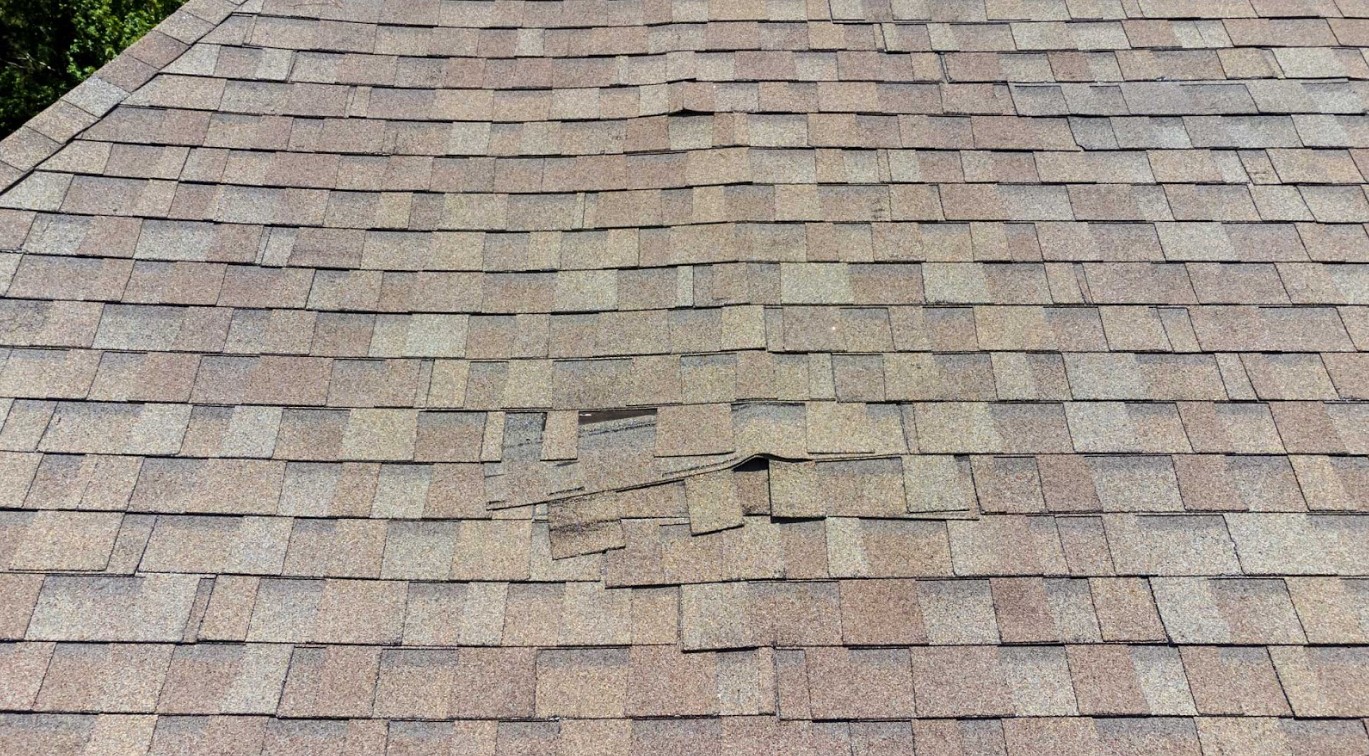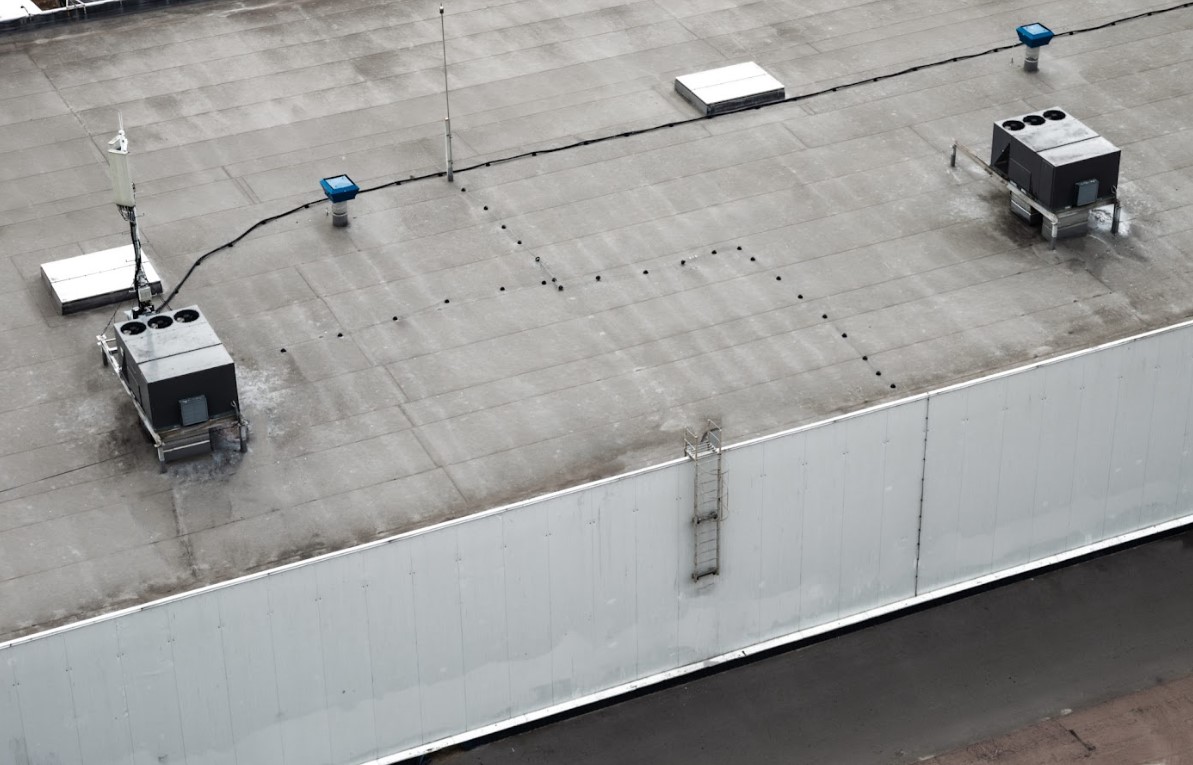Florida Roof Insurance Claim After Hail: What You Need to Know
October 6, 2025
•
Written By
My Florida Roofing Contractor

Florida Roof Insurance Claim After Hail: What You Need to Know
Hailstorms in Florida don’t always make the evening news, but when they hit, they can leave a lasting mark on your roof. Sometimes that damage is easy to see, like cracked shingles or dented gutters. Other times, it’s subtle bruising or granule loss that doesn’t show until leaks appear months later. Either way, knowing how to handle a Florida roof insurance claim after hail can save you from major out-of-pocket costs.
The process can feel confusing, especially when you’re also trying to protect your home from further damage. But you don’t have to navigate it alone.
In this guide, we’ll walk you through:
- The most common signs of hail damage on Florida roofs
- How insurance companies typically approach hail claims
- What documentation strengthens your case
- Practical tips to avoid underpayment or denial
At My Florida Roofing Contractor, we’ve been helping Florida homeowners weather storms for over 20 years. We believe in giving you the tools, knowledge, and support you need to move forward with confidence.
Request your free estimate today and let your neighborhood roofer stand by your side through both repairs and the claim process.
Breaking Down a Florida Roof Insurance Claim After Hail
When hail strikes, your roof takes the first hit. Asphalt shingles may lose protective granules, metal panels can dent, and tiles may crack. While most homeowners’ policies list hail as a covered peril, the payout depends on details like your policy type, your deductible, and the age of your roof.
Here’s what often comes into play:
- Actual Cash Value (ACV) vs. Replacement Cost Value (RCV): ACV pays the depreciated value of your roof, while RCV covers the cost of a full replacement with similar materials.
- Deductibles: Many Florida policies have separate, higher deductibles for wind and hail.
- Cosmetic vs. functional damage: Insurers may claim dents or bruises are “cosmetic” to limit payouts, even if they shorten roof life.
- Roof age: If your roof is older, coverage may be scaled back or reduced entirely.
Even if damage looks minor, ignoring it can mean bigger repairs later. That’s why early documentation is essential.
Important Factors to Consider Before Filing Your Claim
Before you pick up the phone to file, take a step back and think through a few key questions:
- How extensive is the damage? A roofer’s free estimate can help you determine if repairs exceed your deductible.
- Do you have clear documentation? Photos, videos, and weather reports are powerful tools if your insurer pushes back.
- What type of roof do you have? Asphalt shingles, tile, and metal each show hail damage differently, and insurers know it.
- Is a roof replacement a smarter move? If your roof is nearing the end of its life, filing for a replacement with upgraded materials may protect your home longer.
- How prepared are you for negotiations? Having an independent roofer on your side levels the playing field when adjusters arrive.
Being thoughtful upfront puts you in a stronger position once the claim process begins.
Step-by-Step: Filing a Roof Insurance Claim After Hail in Florida
1. Document the Damage
Take wide and close-up photos of shingles, flashing, gutters, skylights, and any indoor leaks. Time-stamped images paired with weather data strengthen your case.
2. Mitigate Further Damage
Florida policies require homeowners to protect their property. Use tarps or boards on damaged areas, and keep receipts for all temporary fixes.
3. Call a Local Roofer
Schedule a free estimate with a licensed Florida roofing contractor. An independent inspection ensures nothing gets missed or downplayed.
4. Notify Your Insurance Company
File your claim promptly and provide all supporting documentation. Delays can hurt your chances of approval.
5. Walk the Property with the Adjuster
If possible, have your roofer meet the adjuster on-site to make sure all damage, both visible and subtle, is noted.
6. Review the Settlement Offer Carefully
Don’t feel pressured to accept the first offer. If it doesn’t cover the full cost of repairs, ask your roofer to review it and provide additional documentation.
Why Florida Hail Claims Are Often Underpaid
- Damage labeled as “cosmetic.” Dents and bruises may not cause immediate leaks, but they weaken roofs over time.
- Older roofs get reduced coverage. Policies often lower payouts after 10–15 years.
- Confusion about storm dates. Insurers may claim damage came from a prior storm. Detailed weather reports help protect your timeline.
- ACV vs. RCV payouts. Policies that only pay depreciated value often leave homeowners short of the true replacement cost.
By knowing these tactics, you’ll be better prepared to advocate for fair coverage.
Quick Checklist: Florida Roof Insurance Claim After Hail
- Photograph your roof, gutters, windows, and siding
- Save receipts for all temporary repairs
- Request a free estimate from a licensed Florida roofer
- File promptly with photos, videos, and weather confirmation
- Have your roofer present for the adjuster’s inspection
- Review your settlement before signing anything
Florida Roof Insurance Claim After Hail FAQs
How Do I Know If I Should File a Claim?
If the damage is significant and repairs will exceed your deductible, filing makes sense. A free estimate from a roofer can help you decide.
What Documentation Will Strengthen My Claim?
Photos, time-stamped videos, storm reports, receipts for emergency fixes, and roofer reports are all critical.
Can My Claim Be Denied If the Damage Looks Cosmetic?
Yes, insurers often argue this. But dents and bruises can shorten your roof’s lifespan, so it’s important to push back with documentation.
How Long Do I Have to File a Hail Claim in Florida?
Florida law generally allows one year to file an initial claim and 18 months for supplemental claims.
Should My Roofer Meet the Adjuster?
Absolutely. Having a roofer present ensures all hail damage is properly identified and documented.
Protect Your Home After Hailstorms
A hailstorm doesn’t have to leave you feeling powerless. With the right approach, you can file a Florida roof insurance claim after hail that protects your investment and secures the coverage you deserve.
At My Florida Roofing Contractor, we’re here to help you every step of the way, from providing a free estimate to working alongside adjusters to ensure no damage is overlooked. We’re licensed, insured, and trusted by Vero Beach homeowners for more than two decades.
Don’t let hail damage linger or insurance red tape leave you short. Request your free estimate today and let Vero Beach’s most reliable roofing contractor safeguard your home with exceptional service, guaranteed.
Recent Articles

Residential Roofing
Same-As-Cash Roof Financing in Melbourne: Pay Later, Save More
Discover same-as-cash financing options for roof repairs and replacements in Melbourne. Get your new roof now, pay later, and save with 0% interest.
November 14, 2025

Residential Roofing
Rockledge Roof Repairs: 5 Signs You Can’t Afford to Ignore Before Winter
Learn the 5 warning signs your Rockledge roof needs repair before winter. Spot leaks, shingle damage, and more with expert tips from My Florida Roofing Contractor.
November 13, 2025

Commercial Roofing
Commercial Flat Roof Solutions in Titusville: TPO, EPDM, or BUR?
Discover the best commercial flat roofing options for your business in Titusville, FL. Compare TPO, EPDM, and BUR systems to find the perfect fit for your property.
November 12, 2025

Residential Roofing
Tile Roof Installation in Indialantic, FL: Is It the Best Long-Term Investment?
Discover why tile roof installation in Indialantic, FL is a lasting investment. Learn about durability, energy efficiency, and the benefits of tile roofing for Florida homes.
November 11, 2025
